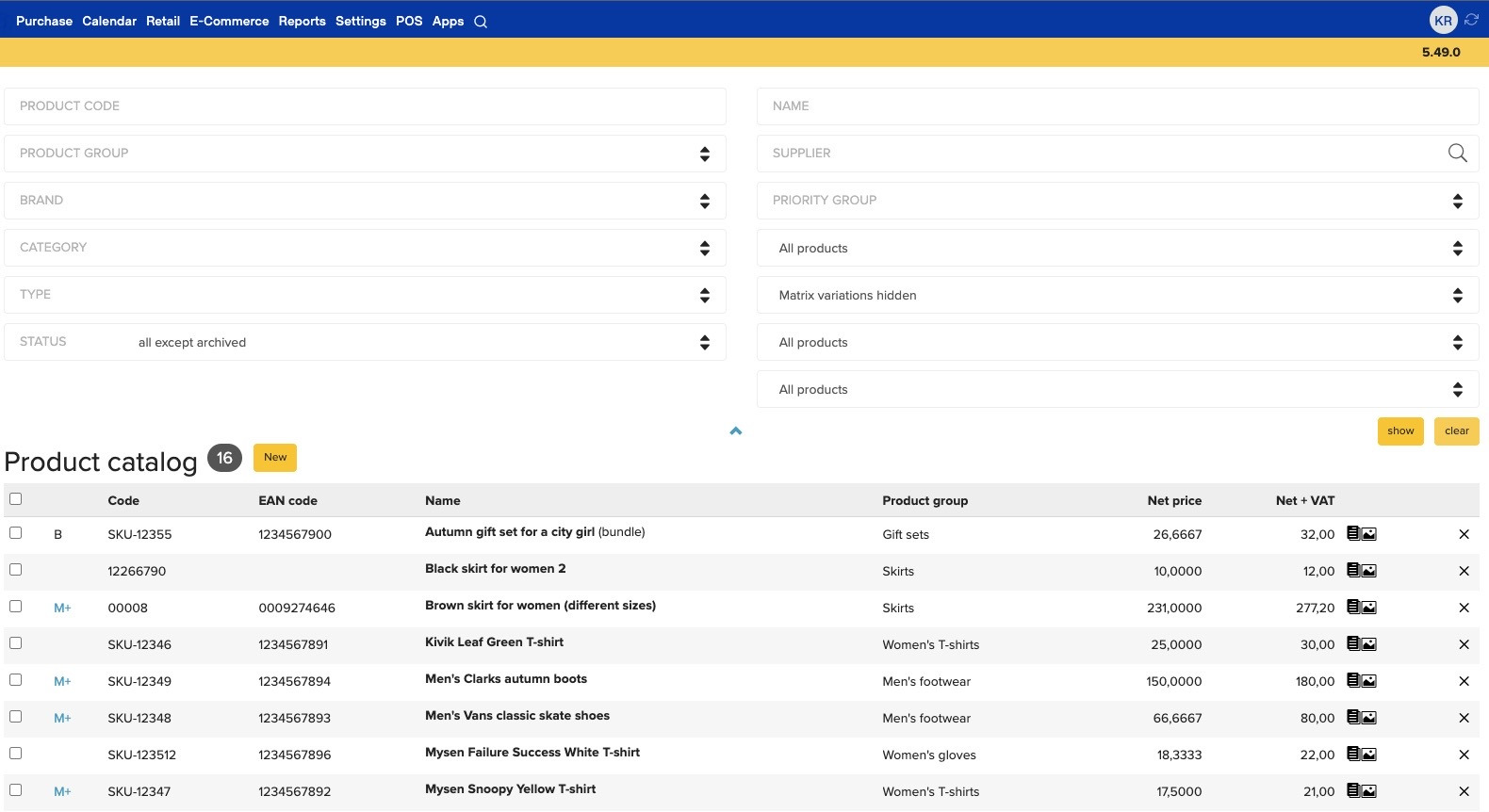Sometimes it seems that as well as running a successful small business, entrepreneurs are also now expected to be digital marketing experts, savvy in the means and methods of attracting and engaging an audience through social media.
The truth isn’t quite as harsh as described above, but when you do launch a brand on social media, being clued up enough to avoid the most commonly made and damaging mistakes is crucial. Let’s look at five of the biggest social media marketing blunders, and how to circumvent them.
1. Start Small and Grow Gradually
Generating consistent growth on social media takes a combination of time, patience, and a smart strategy. So, launching out of the gate with a big budget advertising campaign might end in disaster, especially if your audience targeting is off the mark. Take time to cultivate an audience first, and if you do want to boost the reach of social media content with paid ads, start with a modest budget until you either have enough of an audience to promote to directly, or know exactly who your audience is – their desires, needs, and behaviours – and therefore who you want to target (ideally, both!)
We touched on consistency in relation to social media marketing above, and it really is a point that cannot be ignored. Consistency in post frequency, branding, voice, tone, etc. builds trust and a sense of expectation amongst your online community, and ultimately a group of loyal and engaged fans whose participation you won’t need to have paid for. One of the best ways to ensure that your feed doesn’t dry up is to plan ahead with a detailed content calendar.
As well as publishing content – pushing your message out there to the world – just as important for healthy growth on social media is interacting with your community through generating conversation, replying to comments, organising events, etc. People expect brands to act as they do on social media: personable, accessible and readily available – not just a faceless entity intent only on promoting its wares. Away from your own page, manually seeking out profiles with content that reflects your brand culture and message, and interacting with their posts is a time-intensive but often effective way of getting noticed.
Done right, all of the above – a mixture of compelling content, community interaction, and a smattering of paid advertising – is a good foundation for building a healthy social media presence and cementing your brand’s positive online reputation.
2. Follow Your Audience and Keep an Eye on Trends
Just like real life, different types of people tend to “hang out” in different places online. Where this depends on the nature of your target demographic – age, gender, location, education, etc. While Facebook is pretty much a definite go-to for most brands, the difference between the individuals who tend to frequent LinkedIn versus Snapchat, for example, is huge.
The key takeaway here? Before you launch a social media strategy, take the time to educate yourself on where your audience already spends its time online, and concentrate your efforts there. Don’t waste time or money on trying to target an audience where they will be hardest to reach. And unless you have the resources to plow into multiple social channels all at once, starting with one or two sites and gradually building out if appropriate, is the way to go.
Contrary to the above, if you spend all of your effort focusing on one platform entirely, you could also fall behind your rivals. The social media landscape is constantly changing and its users are, we’re sad to say, a fickle bunch. To cite one example, Facebook saw a considerable dip in the number of young people who frequent its site in recent – many jumped ship to Snapchat. And even more recently, with Instagram mirroring many of Snapchat’s top features, combined with Snapchat rolling out a much-maligned overhaul to the navigation of its app, many of those same users then ditched Snapchat for Instagram.
So, keeping your ear to the ground to hear about the latest trends and developments in social media marketing will help to ensure that you stay ahead of the curve, following your customers wherever they go, and delivering the content they desire and fostering a community around it. And of course, being where your audience means that you can target them more effectively with paid ads. Fans passionate about food, fashion, and lifestyle? Chances are they’ve gravitated to Instagram or Pinterest. Got an audience of professionals? LinkedIn is where they’re at.
3. Research Rivals and Do Everything Better
Spying on what the competition is up to on social media is an irresistible activity, but in actual fact, consistently monitoring their activity is a crucial strategy in bettering your own offering and growing your audience. Even if what they’re doing is great, simply transplanting what they do onto your own audience is not a flattering move, nor is it likely to be effective.
Instead, pick out the parts of your rivals’ strategies that appear to be working best for them (there are lots of tools out there that will provide detailed analysis, but even a glance at a post’s likes, comments, shares, etc., is enough to give you a good inkling), and brainstorm to see how you can make something similar work for your brand, but also make it better: more irresistible and more engaging.
Besides a focus on the competition, another great way to build brand awareness on social media is through a partnership with complementary businesses and brands. Let’s say you run a children’s hairdressers. How about partnering with the ice-cream parlor across the road to offer 15% off to people who visit for them for a treat after having their hair cut and tagging both businesses in a post on their profile? And working in the opposite direction, the ice-cream parlor might then give that person a voucher for 15% off their next haircut at your place for posting a photo on social media of them enjoying a frozen treat. This kind of mutually beneficial agreement can be promoted on both of your social media channels and allows you to share audiences to help boost growth and engagement.
4. Experimentation and Measurement is the Name of the Game
Another important element of any social media strategy for business is experimenting constantly with content and paid ad campaigns. And importantly, monitoring the performance of said content so that you can tweak and improve it in the future.
Understanding what kind of content resonates most with your audience is a crucial part of this. Do they prefer photos or videos? GIFs or live stream events? Other things to think about are the copy you use in status updates, hashtag strategy, the time of day you post, and how often content will be published.
If you don’t know how to measure the results of, say, an ad campaign on social media, you can never truly figure out what kind of promotion is benefiting you the most. With ads specifically, how much you are paying per click, new follower gained, or 1000 people reached are just a few important metrics, depending on your campaign goal. If your costs are too high, you could try to adjust your target audience, ad image, copy, headline, etc. Change only one element at a time so that changes, good or bad, are easier to keep track of.
Comments, clicks, likes, etc, all come under the banner of engagement. And knowing how much of it you are generating is perhaps one of the most important elements that underpin any good social strategy. Focusing on reach (the number of people who see one of your posts) must return impressive numbers and a degree of brand awareness, but if no one is nobody is liking, commenting or sharing your posts, it is hard to turn the people who see your ads into customers. And ultimately, while your brand is on social media to grow a following and interact with fans, you should always keep your end goal in mind during times of soft selling – like through friendly conversation in comments and promoting your latest charity drive, for example, or not-so-soft direct ads – whatever that goal may be at any particular time – like driving website clicks, building your email list, upping ticket sales for an event, etc.
5. Create Content with Your Audience in Mind
Of everything we have talked about in this post, this is arguably the most important consideration. Whatever content your brand shares on social media, it should capture the attention of your audience and encourage them to take action in some way, whether that be clicking, liking, sharing, or commenting. A feed full of self-serving, promotional posts are likely to be ignored, and won’t do much for your brand image. Posts that elicit an emotional reaction a great way to do this, as is stuff that benefits the audience in some way – entertaining or educational, or something that will, if shared to friends, bask them in a positive light.
For example, if you are a clothing retailer, you could share weekly fashion tips, or reveal the unpleasant underbelly of the clothing industry’s manufacturing processes (and how you are, as a brand, fighting to change it), or tease the latest designs for your newest seasonal collection. Add a relevant hashtag to group your posts, and followers can use it in their own posts to help spread brand awareness
The same logic applies to simple giveaway campaigns on social media, which – done right – remain one of the best methods to collect leads, grow follower numbers, and generate engagement with your brand.
Ultimately, there is no single set of concrete strategies that will guarantee success for any brand on social media. As we’ve discussed, this is because the needs and expectations of audiences differ between businesses and the most effective social media marketing strategies are evolving all the time.
But, by utilising the tips in this post, you can start to build a strong and well-rounded strategy for social media. And whatever your business or audience, we guarantee they are out there waiting for you. Even now, if you’re thinking that your business doesn’t need to be on social media to succeed… well, you may be right, but the evidence shows that it can offer any business ample opportunity to reach customers and grow like no other medium.
Most important of all, you should always keep in mind that no form of marketing is a short-term project. And while social media is a 24/7, 365 days a year rollercoaster ride, the brands who do best realise from the off that building a successful strategy is a marathon, not a sprint.
Before you even publish your first post, do your research so that when you do become active, you’ll be in the best position possible to reach your target audience and meet your business goals.
Sign Up











